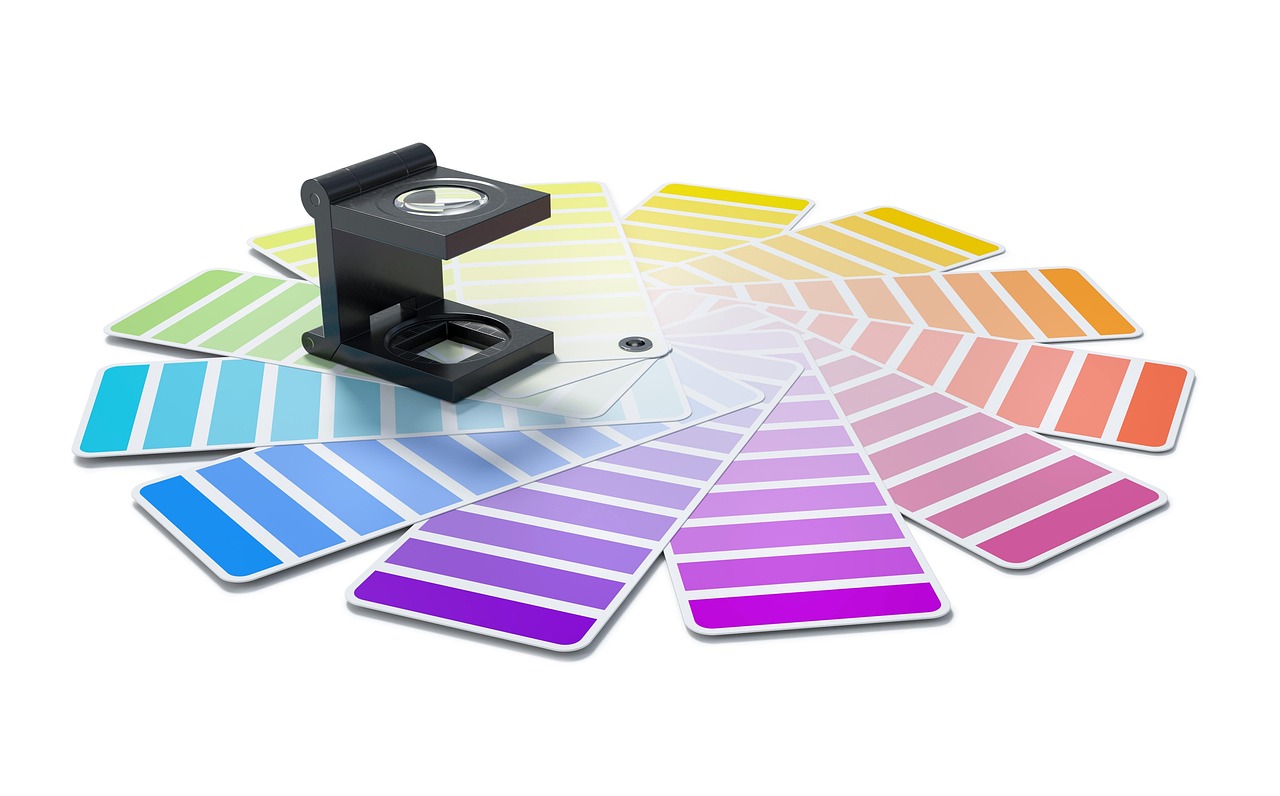How Graphic Design Museums Preserve & Inspire Creative History – In an ever-evolving creative landscape, graphic design museums stand as vital institutions. They not only safeguard our rich artistic heritage but also inspire future generations by presenting innovative exhibits and curated collections that resonate with modern audiences. In this post, we dive deep into how these museums shape design culture and why their role is more important than ever.
The Role of Graphic Design Museums in Preserving Creative History
Graphic design museums function as archives that protect the visual narrative of our time. Their collections often include seminal works from iconic designers and lesser-known artifacts that together tell the story of design evolution. By preserving original works, sketches, and prototypes, museums create a bridge between past innovations and today’s creative challenges.
- Archival Excellence: Museums like AIGA’s Design Archives have long championed the preservation of design history, ensuring that the legacy of influential works is available for both study and inspiration.
- Educational Outreach: Many institutions provide workshops, lectures, and interactive tours that help contextualize historical pieces for new audiences.
- Digital Integration: By digitizing their collections, these museums expand access, allowing remote audiences to explore creative history without boundaries.
How Museums Inspire Modern Design Innovation
Beyond preservation, graphic design museums are hubs of creative inspiration. They foster an environment where art, technology, and culture converge, sparking new ideas and influencing contemporary design practices.
- Curated Exhibits: Thoughtfully curated exhibits not only tell a story but also challenge visitors to consider design from fresh perspectives. For example, the Design Observer frequently highlights museum exhibits that merge historical context with modern interpretation.
- Interactive Experiences: Immersive installations and hands-on workshops invite visitors to engage with design elements actively, encouraging creative thinking.
- Collaborative Projects: Many museums collaborate with design schools and emerging artists, helping to shape trends and nurture creative talent for future generations.
Authority Opinions on the Cultural Impact of Design Museums
Experts in the design community acknowledge the transformative impact of graphic design museums. According to Smashing Magazine, “Institutions that celebrate design history provide a crucial reference point for modern creative practices—bridging the gap between tradition and innovation.” This sentiment echoes throughout the industry, emphasizing that these museums are as much about the future as they are about preserving the past.
Moreover, leading cultural critics in publications like The New York Times have observed that such institutions not only document historical trends but also serve as incubators for contemporary design dialogue, influencing both aesthetic and functional aspects of modern design.
Why This Matters for Today’s Designers and Creatives
For designers, artists, and creative professionals, the lessons drawn from historical collections are invaluable. By studying the evolution of design—its triumphs, failures, and transformative shifts—today’s creatives gain insights that drive innovation. Graphic design museums remind us that while trends may change, the core principles of compelling design endure.
- Inspiration from the Past: Historical context provides a wellspring of inspiration that can lead to breakthrough design ideas.
- Understanding Cultural Shifts: Museums illustrate how societal changes have influenced design, offering clues for future trends.
- Networking and Community: Many museums host events that bring together established designers and emerging talent, fostering an environment of collaboration and continuous learning.
Final Thoughts
Graphic design museums are more than just repositories of art; they are dynamic centers of inspiration and education. They remind us that preserving creative history is essential not only for honoring the past but also for igniting the spark of innovation that fuels the future of design.
By embracing both preservation and innovation, these museums serve as cultural beacons that inspire every visitor—whether they are established professionals or budding creatives. As we continue to navigate the digital age, the lessons embedded in historical artifacts become ever more relevant, proving that creativity is a timeless dialogue between past, present, and future.





